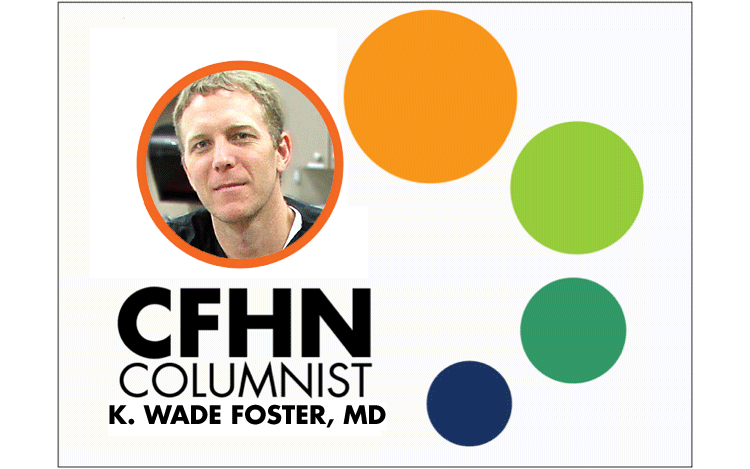OUR SKIN needs protection at any age, but it’s doubly important for seniors. As we age, the likelihood of developing skin cancer increases so much that nearly 50 percent of all 65-year-old Americans will have at least one skin cancer diagnosis. The subgroup of seniors with the most risk is older Caucasian males; the incidences of skin cancer have actually increased in the last dozen or so years by nearly 9 percent in senior Caucasian males 65 years old and older.
While we can’t turn back the clock to undo the years of damage to a senior’s skin, it’s never too late to start protecting one’s skin from further damage. Follow these steps to protecting a senior’s skin — or anyone’s — from the UV sun damage that causes most skin cancer:
• Stay inside during peak sun hours: 10 a.m. to 4 p.m. This block of time is when the sunshine and its damaging UV rays are the most intense. Stay indoors during this time whenever possible.
• Use UV-blocking films on windows. Ensure that UV rays don’t reach indoors through sunny windows by installing a special film that reduces glare and blocks UV rays. This film can be easily purchased online.
• Apply a water-resistant sunscreen with an SPF of at least 30 before going outdoors. Putting sunscreen on daily is a healthy habit to have.
• Don protective clothing — even when sunscreen has been applied! Wide-brim hats, UV-filtering sunglasses, and clothing that protect the rest of the body are important to ensure full protection from the sun.
• Participate in cancer screening events.
Visit a dermatologist for any questions, comments, or skin concerns. It’s especially important to bring any questionable skin issues to the attention of a medical professional as soon as possible. The earlier skin cancer is detected, the better.
This column is sponsored by Florida Dermatology and Skin Cancer Centers.
CREDIT
column by K. WADE FOSTER, MD
BIO: Dr. K. Wade Foster is a dermatologist and owner of Florida Dermatology and Skin Cancer Centers. He completed his internship, residency, UAB, and his Procedural Dermatology Fellowship at UCLA David Geffen School of Medicine and the West Los Angeles VA Medical Center under Dr. Ronald L. Moy. He has been in private practice at Florida Dermatology and Skin Cancer Centers (www.fldscc.com) since July 2008.
Posted June 2, 2016
